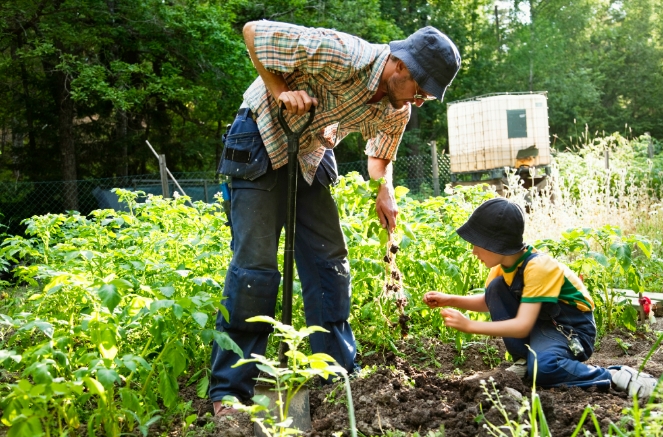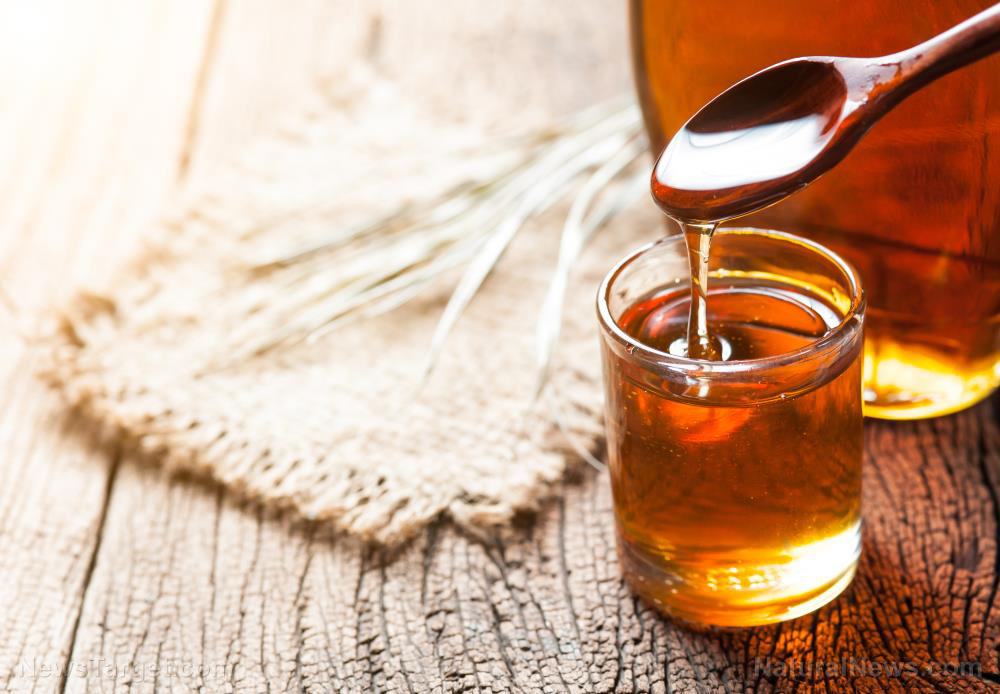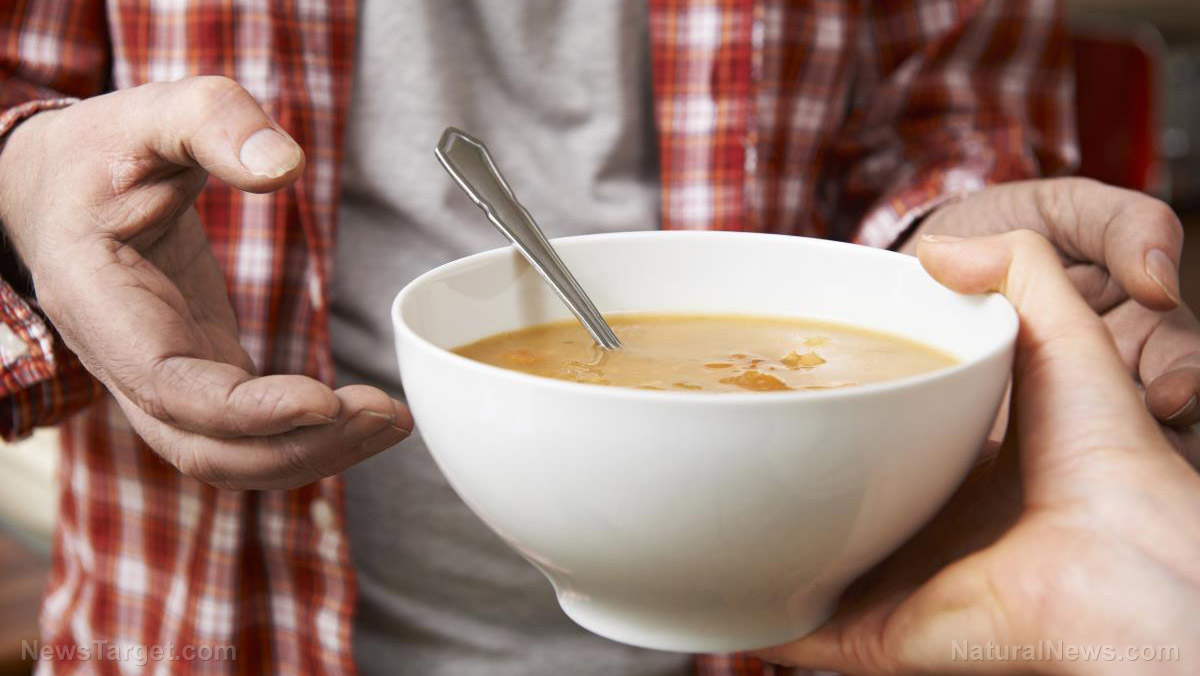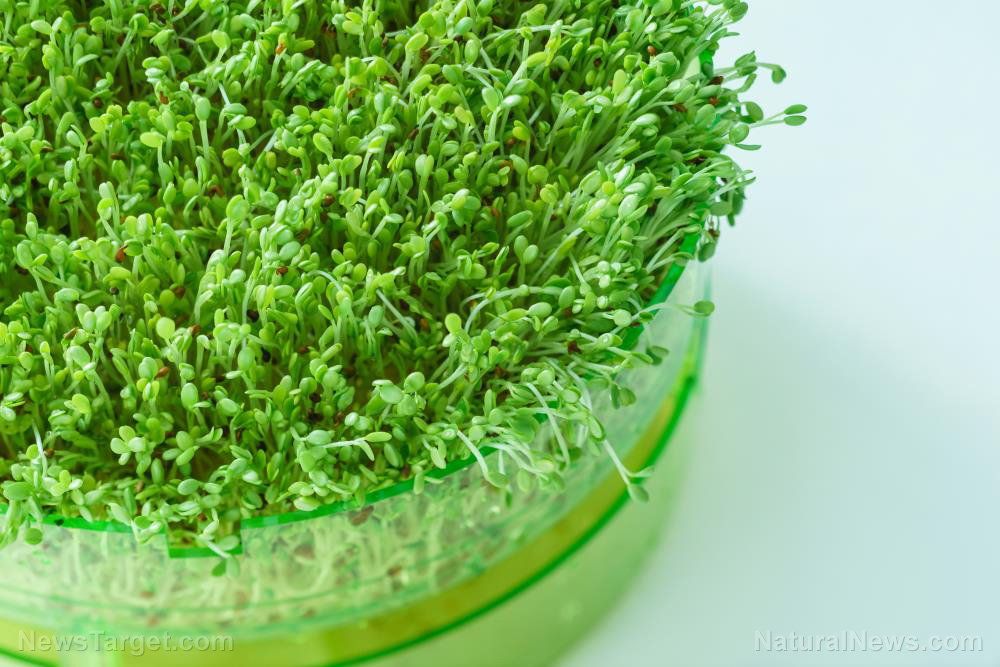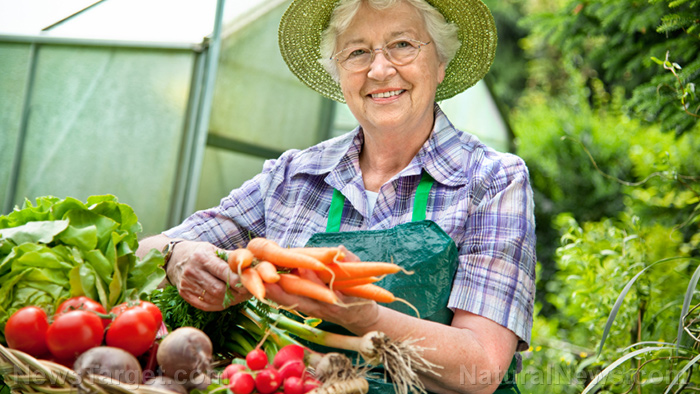Edible landscaping for preppers: Maintaining good OPSEC in a survival garden
07/09/2021 / By Zoey Sky

A carefully tended garden can make any home look more appealing.
But preppers know that the best way to keep your homestead both beautiful and SHTF-ready is by maintaining a survival garden with an edible landscape.
This ensures good operation security (OPSEC) and maximizes the time and effort you spend on your garden instead of just wasting your energy on beautiful plants that don’t have any medicinal uses or aren’t edible. (h/t to TheOrganicPrepper.com)
Maintaining good OPSEC in your home garden
Why do you need good OPSEC in your home garden? If and when disaster strikes, your non-prepper neighbors who didn’t set up a stockpile might turn to your home garden looking for food when they start to go hungry.
But what does OPSEC have to do with prepping?
OPSEC is short for operation security and it is also referred to as operations security or “operational security.” OPSEC seems like it refers to classified data, and it often does.
OPSEC is military jargon, but the concept isn’t limited to the Army or the Navy. As a prepper, you can also use OPSEC principles to protect your preps before SHTF.
To maintain good OPSEC in your garden, you should put up sturdy fences to keep out animals that might destroy your crops and thieves. If you prefer more subtle methods, you can try using natural barriers like hedges or shrubbery.
If you already have ornamental plants in your backyard, don’t destroy them to make room for edible plants. Instead, look for unproductive spaces like front and street-facing side yards and turn them into productive food areas.
This method also works if you live in an apartment or condo in the city and you don’t have access to a full-sized garden.
There are many edible plants that you can grow in your yard, but you may need to check your municipalities’ regulations since some are considered noxious weeds. You may be fined for growing them.
Consider your location and the weather in your area before choosing which edible plants to grow in your home garden.
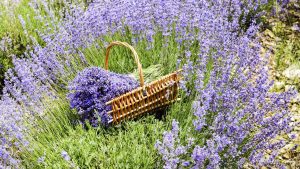
Fill deck containers with edible plants
You can keep your garden manageable by growing edible ornamentals in deck containers.
Here are some of the best plants for container gardens:
- Hosta – The entire hosta plant is edible and it tastes a little like asparagus, but slightly bitter. Hosta buds and flowers are tasty and you can eat them fresh or fried in a bit of butter. The curled leaf shoots or “hostons” of hostas can be eaten before they unfurl. To harvest hostons, snap them off at the bottom of the plant and discard the shorter outer leaves. Fry the hostons lightly and drizzle with sesame oil and soy sauce before serving. The leaves are also edible, but they need to be cooked a bit longer since they are tougher than the tender shoots. Steam or boil hosta leaves for best results.
- Lavender – Lavender will make your garden smell amazing and it offers many health benefits. Brew lavender tea if you need a natural sleep aid or use it to make delicious lemonade.
- Milkweed – Milkweed is a beautiful plant and it’s a must-have if you want to invite monarch butterflies that will help pollinate your garden. Its flowers, leaves, seedpods and tender shoots can all be blanched in boiling water with a bit of salt for at least three minutes. The longer you cook them, the less bitter they will taste. Blanched milkweed can be eaten as they are, sauteed, or add to soups and other dishes. (Related: Home gardening tips: Edible and medicinal weeds that you need in your garden.)
- Rapini (broccoli raab) – Rapini is tasty and nutritious. It’s a perennial that grows in warm climates.
- Swiss chard and kale – Swiss chard and kale are both wonderful additions to your garden. Both leafy greens are also easy to grow.
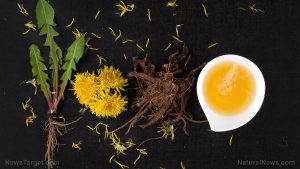
Flowers as border and container plants (and pollinator attractors)
Ditch ornamental plants and start growing more of these edible flowers in your home garden.
- Dahlias – Dahlias bear beautiful flowers, but did you know that the tubers are edible? Dahlia tubers are nutritious and can be harvested in early fall once the flowering period has ended. Peel the skin off the tubers and cook them like potatoes by boiling, mashing, or roasting them.
- Dandelion – Dandelions are considered weeds, but all parts of this plant are edible. You can cook dandelion greens like collards or rapini while the root can be used as a great liver cleanser when taken as a decoction. Even dandelion flowers can be used to make jelly, tea, or wine. Dandelions also help attract pollinators and they’re one of the first flowers to bloom when they’re coming out of hibernation.
- Daylilies – Various parts of the daylily are edible. The plant has sweet, tender root tubers that can be cooked like potatoes. The tender shoots can also be added to pasta dishes or stir-fries, or sauteed on their own. The flowers are also edible and you can eat them fresh in a salad or used as a garnish in a dessert. The flower buds can be picked when they are still green and firm and pickled or steamed. Note that daylilies look similar to easter lilies, but the latter is not edible.
- Echinacea – Echinacea or the purple coneflower can help strengthen your immune system and relieve common cold symptoms
- Lilac – Lilacs are beautiful and you can also use them to make jelly.
- Roses – Rose are edible and they are full of vitamin C.
- Rosehip – Rosehips can be used to make wine.
Herbs for your edible landscape (and kitchen)
Growing medicinal herbs in your home garden ensures you have access to useful plants when SHTF. Even if disaster doesn’t strike, the herbs below can be used to naturally flavor your meals.
- Basil – Basil helps attract pollinators and it has many culinary uses.
- Creeping thyme – Creeping thyme grows fast. The herb has tiny leaves and many beautiful purple or pink flowers. Thyme is a hardy ground cover that can be used when cooking chowders, potatoes, or pasta.
- Oregano – Oregano is another herb that’s easy to grow. This hardy herb has tiny purple flowers and will last for weeks to attract pollinators. Oregan can be used for soups, pizza and tomato sauce.
- Parsley – Parsley is biennial, meaning you have to wait two seasons before they flower. Use parsley in salads, sauces, soups and potato dishes.
- Sage – Sage is slightly soft and fuzzy and it can be pale green, tricolor, purple, or variegated. A hardy herb, sage can survive even severe winters. Use sage as an aromatic to stuff poultry or to season pork dishes.
Crops like chives, garlic and onions will help keep pests out of your garden. Note that these crops have to be overwintered, so plant them in the fall if you want a nice summer harvest. Alternatively, you can let chives, garlic and onions reseed to grow back year after year.
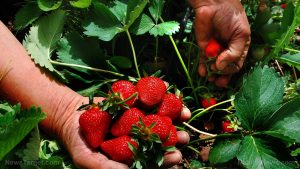
Berry bushes as edible (and defensive) hedges
Berries are usually full of beneficial antioxidants and can be used in many recipes, like desserts or smoothies.
Berry bushes like blackberry and raspberry have thorns that will help discourage pests and thieves in your garden.
You can grow blueberries in containers and overwinter them indoors. On the other hand, strawberries are better suited as border plants since they’re low-growing.
Fruit trees and vines
Different fruit trees are available in dwarf varieties. Before you purchase trees, check pollination requirements.
Climbing vines like grapes, kiwis and pole beans can produce food and keep your garden shielded from prying eyes.
Grow an edible landscape to ensure good OPSEC in your home garden. By growing edible plants on your property, you can make the most of your gardening space and keep your preps hidden in plain sight.
Sources include:
Tagged Under: edible flowers, food supply, gardening tips, green living, homesteading, off grid, preparedness, prepping, self sufficiency, self-reliance, self-sustainability, SHTF, survival, sustainable living, urban gardening, urban prepping
RECENT NEWS & ARTICLES
COPYRIGHT © 2017 GREEN LIVING NEWS







